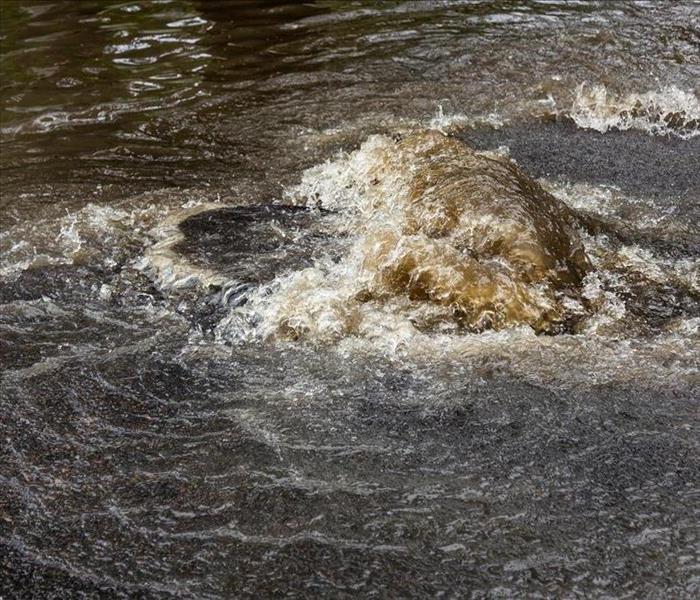What Is Category Three Water Damage?
11/26/2021 (Permalink)
When your Colorado Springs, CO, home is affected by a flood, you may not immediately be thinking about the degree of toxins in the water. Water damage is probably your first concern; it needs to be removed as soon as possible to mitigate the damage. Unfortunately, it can be much more severe than just the damage caused by the water. There are three categories of floodwater, with category 3 (aka black water) being extremely contaminated, containing hazardous materials like raw sewage and chemicals.
What To Expect During Category Three Flood Damage Restoration
Because of the toxicity of category 3 water, it's essential to call water damage restoration experts to handle the cleanup. They have the expertise and professional equipment to safely and thoroughly clean and inspect the home. Here is what you can expect during the process:
1. Personal Protective Equipment
The cleanup crew will wear PPE to protect their safety and cross-contamination to unaffected areas of the building. This PPE will include hair covers, safety goggles, respirators, coveralls, gloves, and rubber boots.
2. Inspection
The professionals will thoroughly inspect the area to determine the extent and severity of the damage. This inspection will help them decide what measures to use to restore the space.
3. Containment
The team will contain the affected area using heavy plastic sheeting, negative air chambers, or other measures. This containment will help prevent cross-contamination and keep unauthorized people out of the work area to maintain everyone's safety.
4. Extract Standing Water
The experts will then extract the standing water from the area by using industrial pumps. This is an effective way to remove a lot of black water and smaller debris quickly.
5. Remove Remaining Solid Debris
Next, they'll remove the solid debris, such as raw sewage, from the area. This is usually performed with shovels.
6. Remove Contents
All contents, both damaged and undamaged, will be removed to be either disposed of or cleaned and restored.
7. Tear Out
Damaged materials such as drywall and carpeting will be torn out and removed. The soaked areas will not be salvageable due to the water damage and contamination that can lead to more issues such as mold.
8. Clean and Sanitize
The technicians will thoroughly clean and sanitize everything that remains. This is one of the most critical parts of the sewage cleanup process.
9. Dry
The entire area and its contents will then have to be dried thoroughly and within 48 hours. The professionals will use industrial-grade fans, dehumidifiers, heaters, and other means to remove the remaining moisture.
10. Inspect
The technicians will perform a final inspection. The inspection will help them ensure that the area is free of contaminants, additional damage, and possible mold growth.
11. Rebuild
After the cleanup process is complete, it's time to rebuild the part of the destroyed structure. New flooring and other materials will probably be required.
A home flood is a traumatic experience; water can ruin a lot fast. When it's black water, the severity is much worse, though. Hopefully, you will never be affected by category 3 floodwaters, but now you know what to expect during the restoration process if you are.



 24/7 Emergency Service
24/7 Emergency Service
